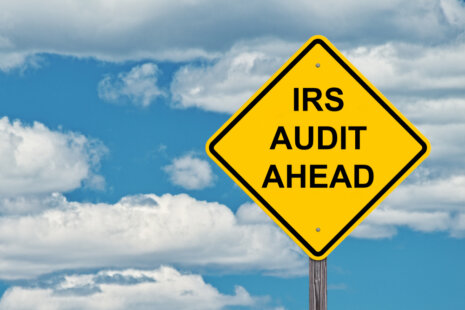The accounting cycle is a series of steps that businesses follow to record, analyze, and report their financial transactions accurately. While specific processes may vary depending on the organization’s size, industry, and accounting system.
The general accounting process typically involves the following steps
1. Identifying Transactions – The accounting process begins with identifying and documenting all financial transactions that occur within the organization during the accounting period. Transactions can include sales, purchases, expenses, payments, receipts, and other business activities.
2. Recording Transactions – Once transactions are identified, they are recorded in the company’s accounting records using double-entry bookkeeping principles. Each transaction is recorded in the appropriate journal, such as the general journal, sales journal, purchases journal, or cash receipts journal.
3. Posting to the General Ledger – After recording transactions in the journals, the next step is to post them to the appropriate accounts in the general ledger. The general ledger contains individual accounts for each asset, liability, equity, revenue, and expense, and serves as the central repository for all financial data.
4. Preparing Trial Balance – Once transactions are posted to the general ledger, a trial balance is prepared to ensure that total debits equal total credits, thereby confirming the accuracy of the accounting records. The trial balance lists all ledger accounts and their respective debit and credit balances.
5. Adjusting Entries – Adjusting entries are made at the end of the accounting period to update accounts and ensure that they reflect the correct financial position of the organization. Adjusting entries may include accruals, deferrals, depreciation, amortization, and other adjustments to align the financial records with accrual accounting principles.
6. Preparing Financial Statements – After adjusting entries are made, financial statements are prepared to summarize the financial performance and position of the organization. The primary financial statements include the Income Statement (or Profit and Loss Statement), Balance Sheet, and Cash Flow Statement.
7. Closing Entries – At the end of the accounting period, temporary accounts such as revenue, expense, and dividend accounts are closed to retained earnings or the owner’s equity account. Closing entries reset these accounts to zero and prepare them for the next accounting period.
8. Reviewing and Analyzing Financial Statements – Once financial statements are prepared, they are reviewed and analyzed to assess the company’s financial performance, profitability, liquidity, solvency, and other key financial metrics. Financial statements provide valuable insights for decision-making by management, investors, creditors, and other stakeholders.
9. Auditing and Compliance – Finally, the organization may undergo an audit by internal or external auditors to ensure compliance with accounting standards, regulations, and internal controls. Audits assure the accuracy and reliability of financial statements and help identify areas for improvement.
By following these steps in the general accounting process, organizations can maintain accurate and up-to-date financial records, comply with regulatory requirements, and make informed business decisions based on reliable financial information.




